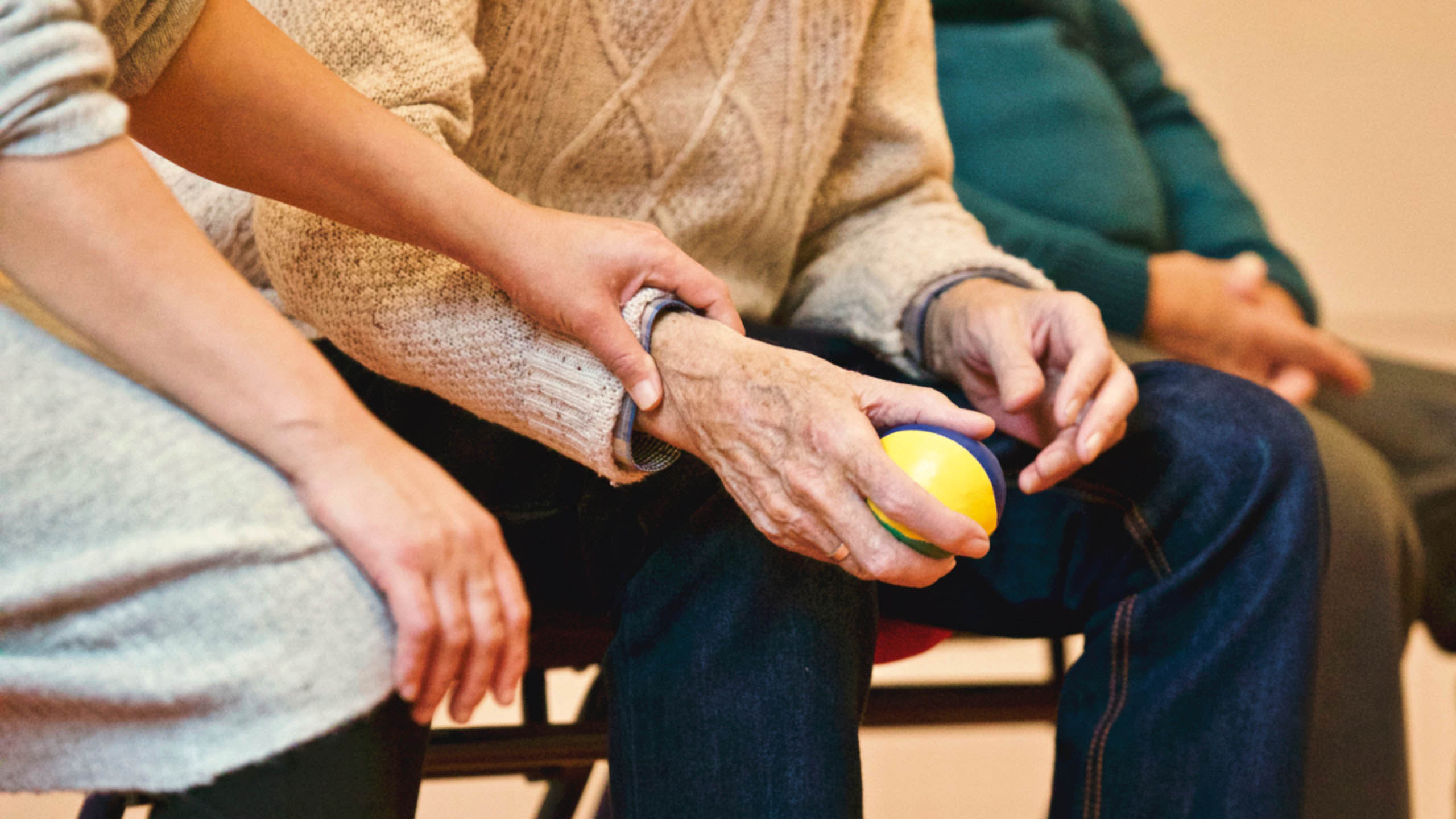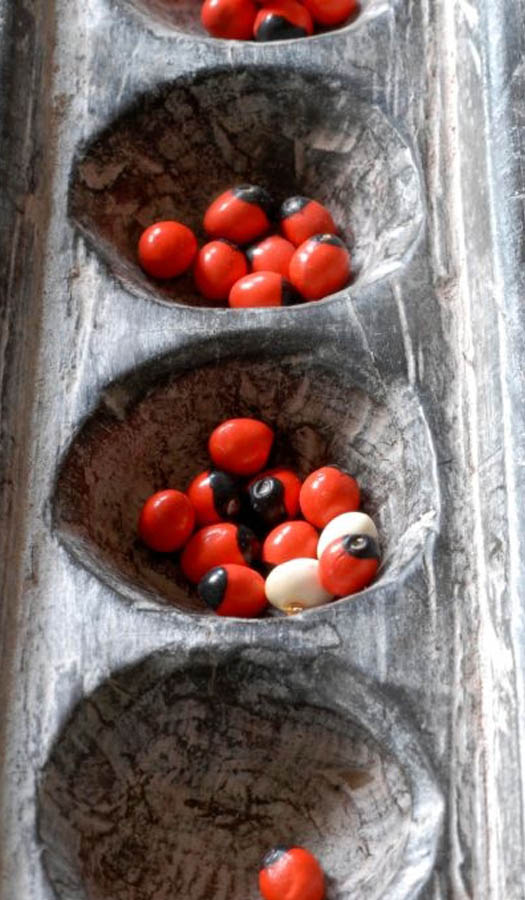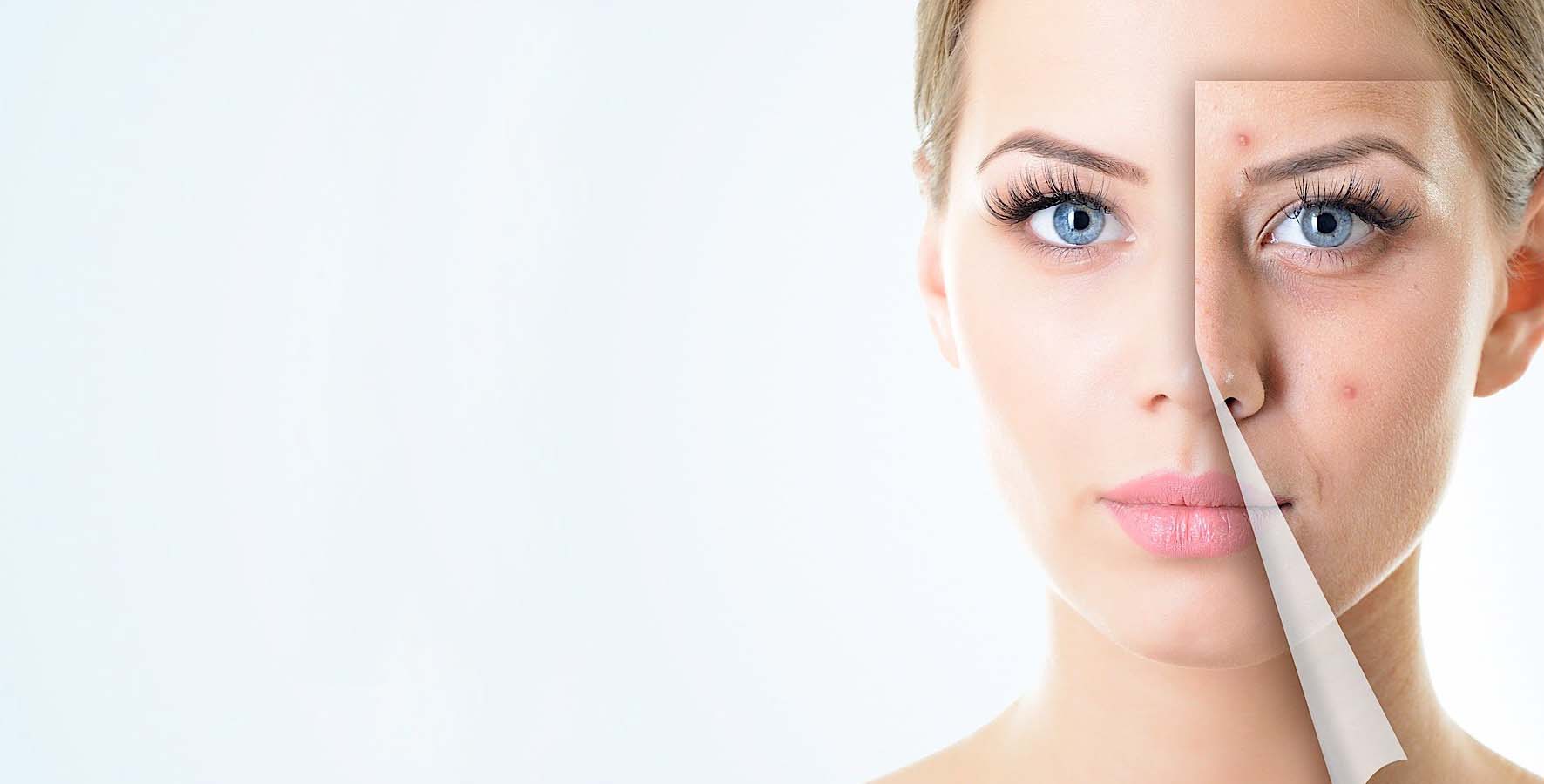
Liver disorders - Kamila and Yakruth vikara
1. Hepatitis.
The hepatitis and related diseases comes under the term Kamala in Ayurveda. Kamala is a disorder mainly of Pitta origin affecting the movement and functions of gastro intestinal and systemic levels. The treatment protocol for Ayurveda calls for Virechanam (purgation) and reduction
of Pitta and associated factors of Kapha and Vata, in general, liver cases in Ayurveda depending upon the chronicity and Aetiological factors carry a fair prognosis. Post treatment also requires follow up with internal Medications.
2. Fatty liver
Fatty liver is a condition caused due to increase of sneha (oily) qualities in the body, caused by disturbance in Medo Dhatu (fat tissue), due to Mandagni (low metabolic Fire). It is clinically a condition in which Kapha qualities increases in the domain of Pitta. Treatment includes bringing about Rookshana (increasing dry qualities) and Pachana (improving metabolism) to reduce Kapha and to correct Pitta. Panchakarma can be done based on the condition.
Mental Health and Post de-addiction Rejuvenation - Punarnnava
Mental Health and Post DE addiction Rejuvenation: Depression, Obsessive compulsive disorder Anxiety Disorders, Mood Disorders Post De-addiction Rejuvenation. These disorders are treated under Manasika rogas (diseases related to mind) In these conditions we give medicines to correct the mental disturbance
but also we do treatment to correct the possible changes happened in the body due to prolonged stress and medication. Please note only those patients who doesn’t pose threat in any kind to other people shall only be admitted here. We also recommend having a bystander along with such patients. Sleep disorders Most of the sleep problems are due to Vata or Pitta disorders. Excessive sleep is a Kapha disorder. Treatment line changes with each patient. There will be internal medicines, external treatments and appropriate diet, yoga and meditation techniques.

Motor Neuron Disease (MND)
These are a group of neurological disorders that selectively affect motor neurons, based on the lesion ALS, PLS, PMA etc. The treatment protocol and prognosis depends on the lesion and mostly on clinical manifestation. The objective of the treatment is to improve tissue level metabolism firstly, avarnahara (removal of ‘blockage/ covering’), vatha alleviating and towards later stage rasayana chikitsa (recuperative treatments).
This condition requires long term treatment plans. The first visit helps to assess the condition
of patient and based on that, follow up treatment are required as recommended by the Doctor.
Paralysis happens when the impulse through the nerves is not generated or when generated it is not executed.
Paralysis due to stroke happens when blood flow to the brain stops. It may be ischemic stroke or haemorrhagic
stroke, Pakshagatha is the Ayurvedic term for Hemiplegia.
Depending up on the type and site of lesion and age of the patient, the prognosis and line of approach will change.Needs long term treatment, and the advice would be to take 21 days treatment first, and do a follow up treatment afterwards as per doctor’s advice. The treatment focuses on improving the response to nerve stimuli, improving the tone or reducing the spasticity of muscle and joints. Yoga techniques and meditation to boost the mental strength will also be practiced.

Neurological Disorders - Vata Vyadhi
Facial paralysis, Palsy.This is correlated as Ardhitha in Ayurveda. A division of Vatha called Prana, Udhanaa and Vyana are affected in this disease. Treatment line is mainly to reduce Kapha- Vatha disturbance. Treatment procedure like Sirovasthy, dhara and Nasya are done. Prognosis: within 1 year of onset better results are seen, but there are variations from patient to patient. In some, a follow up treatment after 1 year is required.
Diabetic NeuropathyA type of nerve damage due to diabetes. It is caused by blockage to Vatha. Line of approach differs based on which is the Avarana (covering/ blockage) factor of Vatha, Kapha , Pitha, Medha (fat), Raktha (blood) and Mamsa (muscles). So in the Ayurvedic viewpoint it is having three dosha imbalance, and needs long term treatment. Firstly we correct Agni (fire) according to the dosha status. Local and systemic treatments like Udwarthanam (powder massage) Abhyangam (oil massage) , Pizhichil, kizhi and vasthy are helpful.
Burning Neuropathy .
Characterized by burning sensation, especially in the feet. Daha (Burning sensation) is the Ayurvedic correlation for this disease. Line of approach, Vatha vitiated by Pitha. Pitha reducing treatments are very effective for this condition along with concentration to increase the digestive fire. Prognosis is depending on the cause, age and body type of the patient. Multiple Sclerosis (MS) A progressive, degenerative, chronic,
autoimmune disease affecting the nerve fibres in the central nervous system (brain and spinal cord,) We do not have exact correlation for MS in Ayurveda, but the demyelination indicates reduction in dhatu agni (tissue level metabolism) and we try to improve dhatu agni, avarnahara (removal of “blockage”), reducing vatha and in later stage rasayana chikitsa (recuperative treatments).
Parkinsonism
-Parkinson's
A degenerative disorder of the central nervous system that often impairs the patient’s motor skill, speech and other functions. In the Ayurvedic view point it can be correlated as kampha (tremor), stambha (rigidity), cestanasana (bradykinesia) which are described in different context and not clubbed as part of one disease, It can also correlated as kambha vatha which is a vatha disorder.
Vatha and kapha reducing treatment is the main approach and agni deepen (Improving cellular metabolism), avarangna (reducing metabolic ‘blocks’) and rasayana (restorative) treatments are done as per the condition. A long term treatment plan is necessary. The patient is advised to come for the first set of treatment and then based on the response further treatments are planned.
1. Trigeminal neuralgia.
Severe paroxysmal ,sudden lancing pain due to the disorder of fifth the cranial nerve which is increasing in hot climate. According to Ayurveda it is due to the increase in chalathwa (motility) and seetha (cold) qualities of vata in the head. The treatment focuses on vatha pacifying and reducing the Kapha influence.
2.Sleep disorders Insomnia
Difficulty to initiating and to maintain sleep or both. Ancient texts describe sleep as one among the three pillars of life. This caused by either Vata or Pitta Disorders. The treatments and medications literally try to cool the mind of the patient. Relaxation techniques and meditation is highly helpful for such patients. The diet tries to makeup some of the essential elements which are generally missing in patients with sleep problems.
3. Dementia
slow progressive decline in the mental function in which memory, thinking, judgment and the ability to learn are impaired. Smrthibhramsa is the Ayurvedic term for dementia. In this condition the divisions of Vata prana ,udana and vyana , the sadhaka division of pitha ,Avalembaka and tharpaka division kapha ,rajas and thamo doshas are all vitated. The treatment protocol entirely depends upon the patient’s condition.
4. Nerve Entrapment Syndrome/Sciatica .
Dysentery and diarrhoea are commonly correlated to diseases like Atisara and Pravahika. In this condition, there is mainly vitiation of Agni (fire), Pitta and Raktha (blood) and Kapha. Treatment mainly lies in, clearing the ama (“toxins”) from the system, improving the agni, sthambanam (blockage) the flow of blood and mucous, Kapha. Treatment protocols mentioned in
5. Ataxia
Lack of muscles control in the arms and legs, resulting the lack of balance and disturbance of gait. According to Ayurveda ruksha (dryness),calatha (motility) of vata is increased in the majja dhatu (Tissue which nourishes bone)causing Kapha reduction. Line of approach will be vata pacifying with ushan veerya (hot qualities) drug followed by madhura rasa (nourishing quality) drug.
Neuromyotonia Caused by electrical activity of peripheral nerve characterised by stiffness, delayed relaxation, fasciculation. Ayurveda says there is a aggravation of rukshathwa (dryness) and sita (cold) properties of vata in mamasa dhatu (muscle tissue). The line of approch in treatments should be to regulate vata and balance mamasa dhatu (muscles tissue).

Respiratory Diseases -Swasanavaha Srotho Dushty
Asthma, Bronchitis and other Respiratory disorders related to DyspnoeaIn Ayurveda, Asthma and related breathing disorders are fundamentally caused by the disturbance in digestive fire, formation of Ama (toxic build up) which cause disturbances in respiratory passages and vitiation of Vata and Kapha.
The aggravated Vata enters the respiratory passages and dislodges the Kapha which leads to Vata to constrict the airways, at the same time there is an increased production of Kapha from the locations of Kapha. There are different types of Shwasa (Breathing disorder) mentioned in Ayurveda depending upon the predominance of Vata, Pitta and Kapha.
Management lies in taking out the excess Kapha from the system, controlling its over-production, clearing off the Ama, regularising the flow of Vata,strengthening the lung and correcting the diet according to dosha Involved. Panchakarma procedures are generally indicated. Prognosis depends on the age and chronicity.
Muskulo S keletal and Joint Disorders - Sandigata Vata roga & Vata raktha
1. Low Back Pain.
Back pain has varied aetiologies, from local injury, inflammations, structural defect, problems with internal organs to psychological reasons. In Ayurveda, most often back pain is associated with perturbed vata dosha. We do different treatments depending on the condition of the patient. In Ayurveda we don’t give any kind of pain killers as such. pain is signal of the pathology underneath
so when the pathology is solved, the pain goes. The treatments may include Podikizhi, Udwarthanam, elakizhi, Narangakizhi, Kadeevasthy, Panchakarma procedures like Kashayavasthy or Snehavasthy .
2.Rheumatoid arthritis, Gout
Difficulty to initiating and to maintain sleep or both. Ancient texts describe sleep as one among the three pillars of life. This caused by either Vata or Pitta Disorders. The treatments and medications literally try to cool the mind of the patient. Relaxation techniques and meditation is highly helpful for such patients. The diet tries to makeup some of the essential elements which are generally missing in patients with sleep problems.
3. Post fracture rehabilitation
In some fractures, there are conditions in which the pain or swelling persist, poor motor function, numbness or paraesthesia, loss of muscle tone etc. Some of our medications help to heal the fracture. Those cases where there is need for physiological correction, Ayurveda can help.
Those cases in which permanent anatomical damage happened cannot be managed here. Treatments mainly focus on correcting the blood and vata dosha. Depending on the case, the treatment varies from that of Vataraktha (rheumatoid arthritis) to that of kushta- skin diseases. In some we need to correct the dhathu pachnam (tissue level metabolism) and in some ‘rejuvenating treatments’ to strengthen the body. Special attention is given to handle mental stress as this is a major cause apart from faulty diet and family history .
4. Systemic lupus erythematosus/SLE
Symptoms of this condition are similar that of imbalances in blood and pita, vataraktha (Inflammatory conditions caused by vitiation of Vata and Pitta) and some skin disorders. Depending on the, condition, chronicity and age of the patient, the line of approach may change. In these diseases, diet and life style is a major factor. The treatments may include Panchkarama procedures depending on patient’s condition.
5. Cervical spondylitis, frozen shoulder, Arthritis of the shoulder griddle
In Ayurveda, depending on the symptoms, the disease can be classified in to conditions called Apabahuka, greevagruha, viswaji. The treatment also varies with problem. Apart from therapeutic diet and yoga the treatments may include Sirodhara, Sirovasthy and Nasya.
6. Osteoarthritis, Osteoporosis
Both are considered as anomaly in bone Dhathu (tissue). The treatments focus on improving the mobility, reducing the inflammatory process and strengthening the joint. The rate of degeneration can be reduced.
7. Muscular Dystrophy, MD
Is a group of inherited disorders that involve muscle weakness and lose of musc les tissue, which get worse over time. Depending on the type of MD, duration and condit ion of the patient, the treatment varies. Ayurveda views it as mainly dhatu agni mandhya (tiss ue level metabolic fault). First we need to correct internal metabolism, strengthening the muscle, improving the joint mobility.
This condition need long term treatment strategies. Generally it is suggested to take 14 days treatment first as a part of assessment, then do a follow up treatment based on the response. The treatments my include panchakarma procedures depending on the patient’s condition. Therapeutic yoga and exercise will also be done accordingly apart from medicated diet.
Skin disorders
- Twak Rogas
Skin, according to Ayurveda, has seven layers. It extends itself to the deeper levels of the body. It is said your skin reflects your blood quality. For these reasons skin diseases have deeper causes. That is, most skin diseases are, rooted deeply into various dhatus or tissues like fat, muscles, blood etc. The cause of skin starts from genetic problem which are dictated by food and lifestyle of ours as well as our ancestors.

Psoriasis, eczema. Ayurvedic treatment for psoriasis includes a strict diet regimen
and medicines. These are combined with Panchakarma procedures that cleanse the body
Dermatitis, as skin disorder, which can affect all age groups. It is caused due to the vitiation of all the three doshas – vata, pitta and kapha. Vitiation of Pitha and raktha (blood) mostly produces eczema.
Our approach in manging skin diseases varies from patient to patient. If two persons are having same diagnosis from the contemporary medicine’s point of view, our treatments may vary depending on individual’s conditions. We have primary tenfold assessment criteria to come to a diagnosis and treatment.
Please note: we haven’t listed all skin conditions as Ayurvedic diagnostic criteria are different and prognosis also differs. If you need any assistance please contact our doctor.
For patients who have more than one issue to address, the Vaidyas will decide the appropriate treatment protocol. For conditions which are not listed here, please contact our Vaidya to know the healing prospects

Urological Disorders - Mootravaha Srotho dushty
Spasmodic painful dysuria Muthrakrichram – painful micturition due to inflammation. Line of approach will be Udawartha Chikthsa (removing blockage). Post treatment follow up also requires internal medicine for few more months. Benign prostatic hyperplasia Vata asthila – Benign enlargement of prostate gland that can make urination difficult.
Mutraghata (dysuria) and mutrashtila (literally means stone like blockage) are done. Renal stone Asmari – (stones) are subdivided on the basis of Dosha predominance. In many cases cure lies in continuous taking of medication diet correction. guidelines dictated by classical Ayurvedic text books (Ashtangasangraha, Charaka samhitha and Susrutha Samhitha)


